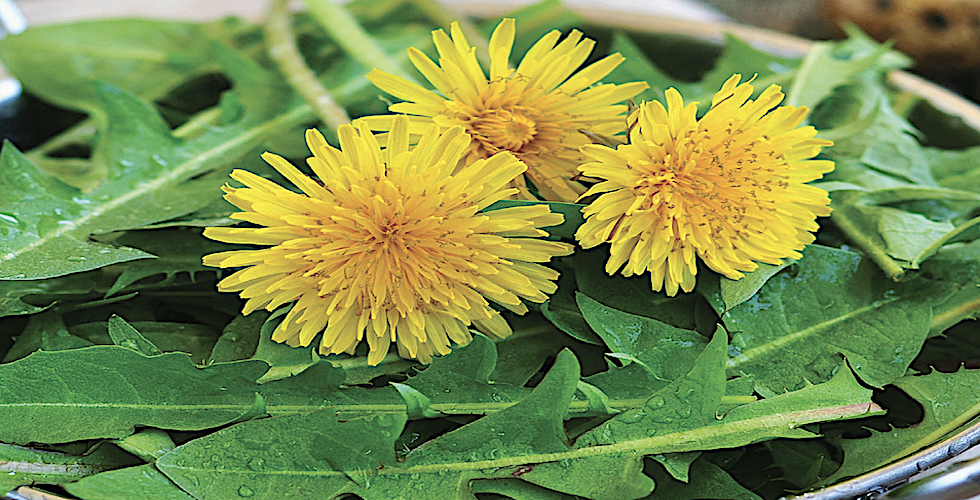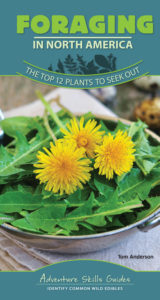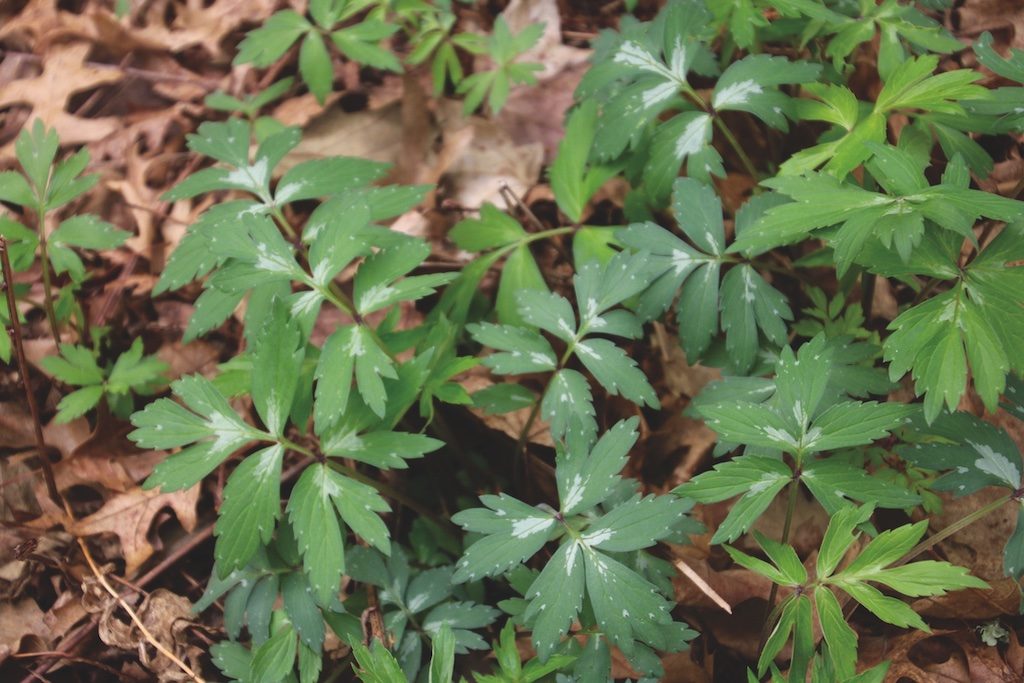
Foraging in North America
 In his book Foraging in North America, Tom Anderson attempts to get you to think of wild plants in a different way—as food!
In his book Foraging in North America, Tom Anderson attempts to get you to think of wild plants in a different way—as food!
For most of human history, wild plants were the mainstay of our diet. Rich in micronutrients (vitamins and minerals) that nurture good health and strong immune systems, the irony is that today many wild plants are demonized. For proof, look no further than the herbicide section of your local hardware store or the common names for many plants, which often include the pejorative word “weed” (e.g., pigweed, chickweed).
In his book, Tom features 12 plants that are among the top foraging targets, thanks to their accessibility, familiarity, nutritional value, and abundance. Better yet, when compared to cultivated garden plants, wild edibles require far less care, are hardier, and are excellent sources of nutrients.
The Virginia waterleaf prefers shade or partial sun and tends to flourish in rich woods or floodplains. This native woodland plant is easy to recognize and lovely when flowering. Spring leaves, gathered before the flowers emerge, are delicious raw. After flowering, the leaves become more bitter, but they are good when cooked as greens.

Tip: Gather young leaves, as they are less fuzzy and more tender than older ones. Even though waterleaf can be abundant, it is best to collect only one leaf per plant so as to minimize stress to the plant.
Good to know: Waterleaf flowers are especially attractive to a number of pollinators, such as bumblebees, small carpenter bees, and other long-tongued bees. The native waterleaf cuckoo bee feeds only on plants in this genus.
Just as cuckoo birds lay their eggs in another bird’s nest, the cuckoo bee will leave an egg in another bee’s nest. The cuckoo larvae hatch first and then eat the other bees’ pollen provision.
If you enjoyed this post, sign up for our newsletter now!


